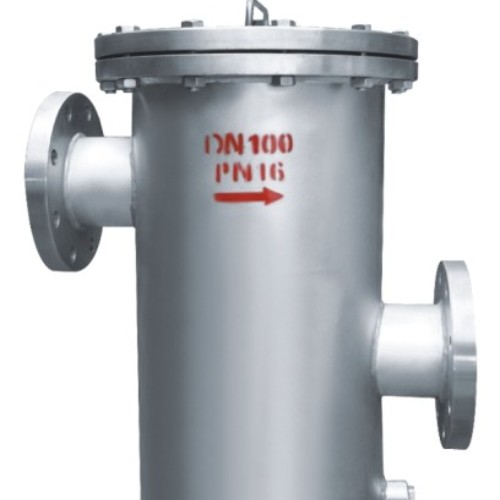China's Lateral Pipe Fittings for Efficient Plumbing Solutions and Infrastructure Development
China's Lateral Pipe Fittings An Overview
Lateral pipe fittings are essential components in various plumbing and piping systems, providing the necessary connections that facilitate the flow of liquids and gases. In China, the production and innovation of lateral pipe fittings have become a significant industry, catering to domestic demands as well as international markets. This article explores the characteristics, advantages, and trends associated with lateral pipe fittings manufactured in China.
Introduction to Lateral Pipe Fittings
Lateral pipe fittings are designed to create a branch from a main pipeline. These fittings come in various angles, typically ranging from 22.5 degrees to 90 degrees, allowing for the diversion of flow in multiple directions. They are used in a range of applications, including oil and gas pipelines, water treatment facilities, sewage systems, and industrial manufacturing processes.
Types of Lateral Pipe Fittings
In the Chinese market, several types of lateral pipe fittings are available, including
1. Tee Fittings These pipe fittings have one inlet and two outlets, allowing for the connection of three pipes. They are commonly used to combine or divert flow.
2. Wye Fittings Similar to tees, wye fittings provide a more gradual angle for the diversion of flow, reducing turbulence and pressure loss.
3. Elbows While not strictly lateral fittings, elbows (available in various degrees) are often used in conjunction with lateral fittings to achieve desired flow directions.
Material Selection and Manufacturing Process
Lateral pipe fittings in China are manufactured using a variety of materials, including stainless steel, carbon steel, PVC, and HDPE, catering to different applications and environments. The choice of material often depends on the fluid being transported, temperature, and pressure ratings.
china lateral pipe fittings

Chinese manufacturers utilize advanced technology and automated processes to produce high-quality fittings. CAD (Computer-Aided Design) and CAM (Computer-Aided Manufacturing) systems streamline design and production, ensuring precision and consistency in product dimensions. Additionally, strict quality control measures comply with both domestic and international standards, such as ISO, ASTM, and ASME.
Advantages of Chinese Lateral Pipe Fittings
1. Cost-Effectiveness One of the most significant advantages of sourcing lateral pipe fittings from China is their competitive pricing. Efficient mass production and access to local raw materials allow manufacturers to offer lower prices than many counterparts in other countries.
2. Wide Range of Options Chinese manufacturers provide an extensive variety of lateral pipe fittings, making it easier for procurement teams to find suitable products for their specific applications.
3. Quality Assurance Despite concerns regarding quality in some manufacturing sectors, many Chinese companies have made significant improvements, implementing rigorous quality assurance systems to meet international standards.
4. Innovation and Customization With rising global competition, Chinese manufacturers are increasingly investing in research and development. This focus on innovation allows for the customization of fittings to meet unique customer specifications.
Market Trends
The demand for lateral pipe fittings in China and globally continues to grow, driven by urbanization, infrastructure development, and industrial expansion. Notably, the advancement of smart pipeline technologies, which integrate IoT sensors for monitoring and maintenance, is influencing new designs and functionalities in pipe fittings.
Moreover, increased environmental regulations are prompting manufacturers to explore sustainable materials and processes, further enhancing the industry’s growth prospects.
Conclusion
Lateral pipe fittings are a vital component of modern piping systems, and Chinese manufacturers play a crucial role in supplying these essential components to both domestic and international markets. With their commitment to quality, innovation, and cost-effectiveness, China’s lateral pipe fittings sector is poised for continued growth, making them a go-to resource for industries around the world. As the demand for efficient and reliable piping solutions increases, so too will the importance of these strategic fittings in global infrastructure.
-
The Key to Fluid Control: Exploring the Advantages of Ball Valves in Industrial SystemsNewsJul.09,2025
-
The Versatile World of 1, 2, and 3 Piece Ball ValvesNewsJul.09,2025
-
Stainless Steel Ball Valves: The Ideal Choice for Efficient Flow ControlNewsJul.09,2025
-
Optimizing Fluid Control with Ball Float ValvesNewsJul.09,2025
-
Manual Gate Valves: Essential for Control and EfficiencyNewsJul.09,2025
-
Everything You Need to Know About Butterfly ValvesNewsJul.09,2025
-
The Versatility of Wafer Type Butterfly ValvesNewsJul.08,2025




